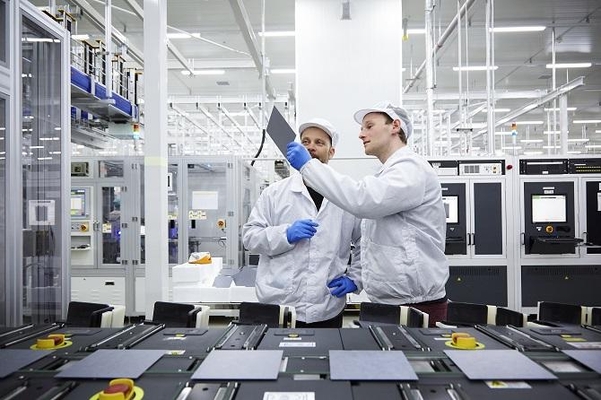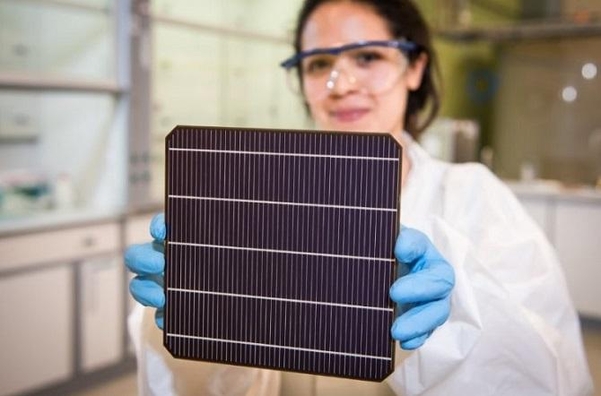Input 2021.01.06 06:00
US government “support 20 million dollars for perovskite solar cell research”
As investment in new and renewable energy such as solar and wind power increases, a material called’Perovskite’ is drawing attention. Solar cells made of perovskite are considered to be the next generation solar materials because they are cheaper than silicon solar cells that are widely used and can produce a lot of power. Although solar power is an eco-friendly energy source that does not emit greenhouse gases, it has been criticized for its inferior energy efficiency and economic feasibility compared to fossil fuel power generation such as coal. Governments and energy companies are accelerating the commercialization of perovskite solar cells to overcome this limitation of solar power.
The US government already announced in August of last year that it will provide 20 million dollars (about 21.7 billion won) for research and development of next-generation perovskite solar cells. The US Department of Energy (DOE) said, “Solar cells made of perovskite have excellent performance and low production cost, so their potential is high.” It should be done,” he explained the background of the application.
–
–
The photovoltaic industry is paying attention to the fact that perovskite solar cells are lighter and more flexible than conventional silicon solar cells, have simple manufacturing processes, and lower production costs by up to a third. Silicon solar cells, which are currently generally used, have to undergo a process of processing at a temperature of 1,400 degrees Celsius or higher using expensive equipment. Perovskite can be processed at a relatively low temperature of 100°C using cheaper equipment, which can reduce costs. In addition, the thickness is light, as it is about 1-60th of that of a silicon solar cell.
Researchers and companies at home and abroad are speeding up R&D, seeing that if perovskite solar cells that take advantage of these advantages are commercialized, they will be able to catch two rabbits: cost reduction and energy efficiency improvement.
–

–
The tandem cell is manufactured in the form of stacking perovskite, a next-generation solar material, on top of the existing silicon solar cell, and the company explained that it can obtain higher efficiency compared to the existing silicon solar cell. An official of Hanwha Solutions said, “Compared to the theoretical efficiency limit of a silicon solar cell at 29%, the maximum efficiency of a tandem cell can be up to 44%.” He said, “We will continue to recruit professional manpower.”
In the US, solar startup EMC is developing a low-cost process for manufacturing perovskite solar modules with the support of research and development from the US Department of Energy. EMC has partnered with Eastman Kodak, once synonymous with film, to utilize Kodak’s roll-to-roll (roll-to-roll, a method of manufacturing electronic devices on rotating rolls wound with thin materials such as plastic or metal foil) printing technology. It is planning to mass-produce 100% perovskite solar modules. “When this process technology is completed, we expect to be able to produce 4GW (gigawatt) of solar modules per year,” said Stefan DiLuca, CEO of EMC.
In addition, Oxford PV, founded by researchers at Oxford University in the UK, announced in December last year that it recorded a power generation efficiency of 29.5% with a perovskite-silicon hybrid battery. Polish Saul Technologies, Chinese solar companies Suntech and Trina Solar are also conducting research to increase the efficiency of perovskite solar cells.
Sang-il Seok, professor of energy and chemical engineering at UNIST, said, “Perovskite will not be used as a replacement for existing silicon solar cells, but will be used as an aid to increase the competitiveness of existing silicon solar cells by grafting it to silicon.” “Solar cells are not suitable for use in cities with many buildings in terms of weight, design, and efficiency, so it is expected that the utilization of perovskite solar cells in the city will increase in the future.”
–
– .


